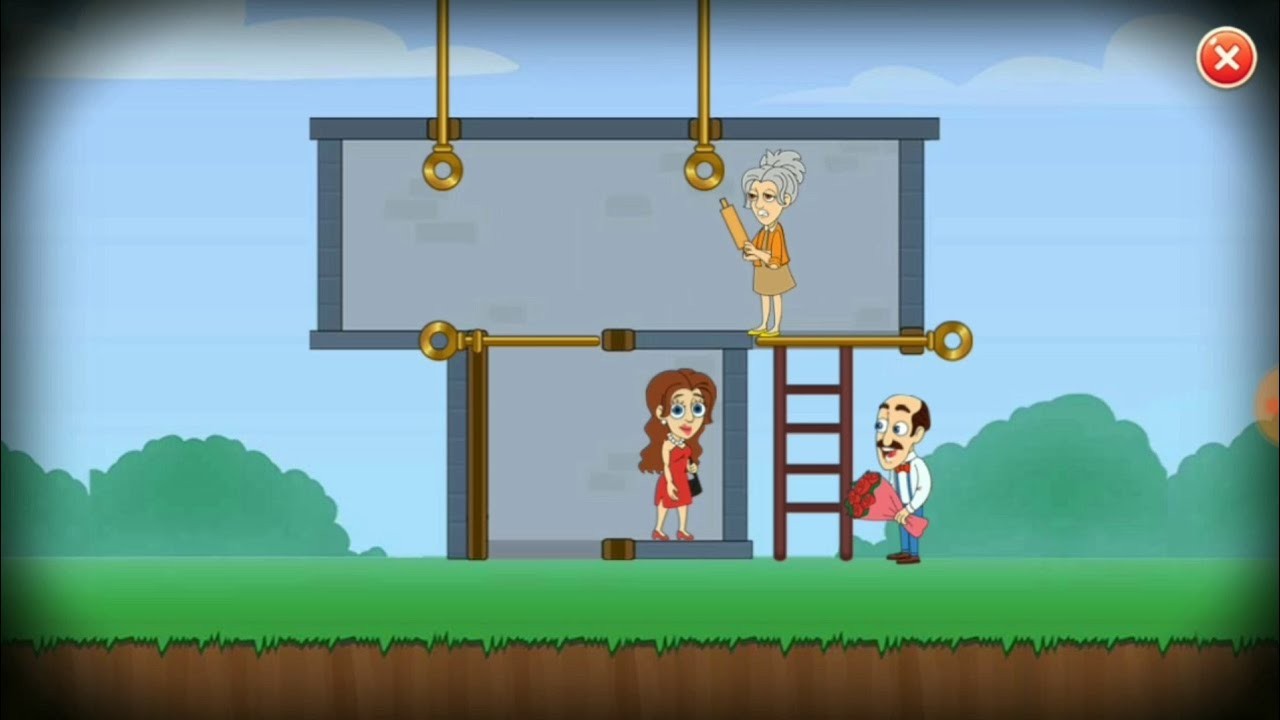Have you noticed how Gen Z reaches for their phone before they even get out of bed? That habit shows why marketing to Gen Z matters more than ever. In 2025, this group makes up 32 percent of global consumers (Euromonitor, 2024). They have serious buying power, and they know exactly what they want from brands.
In this article, we will walk through everything you need to know to connect with Gen Z in a way that feels natural and human. You will learn who they are, where they hang out online, and how to speak their language.
By the end, you will have concrete ideas to make generational marketing feel less like a pitch and more like a friendly conversation.
Looking to understand how to reach other generations, too? Check out our articles on:
Who Is Gen Z?
Let’s get to know the people behind the screens when you’re planning to advertise to Gen Z.
This generation includes those born between 1997 and 2012, so in 2025 they range from 13 to 28 years old. That covers everyone from early teens to young professionals, with a huge range of needs and passions.
Gen Z grew up with smartphones in hand and social media at their fingertips. They are hyper-connected, often juggling multiple apps at once and expecting instant access to everything. That shapes how they shop, interact, and decide which brands to trust.
At the same time, they care deeply about real-world issues. They expect companies to take stands on diversity, climate change, and fairness. If your brand does not show genuine care for these topics, you risk losing their attention. When you focus on marketing to Gen Z, you have to show you get what matters to them, not just push products.
Many in this group are juggling school, entry-level jobs, and side hustles. They value flexibility in how they spend money and time. They look for brands that fit into their busy lives without creating extra friction. Understanding this balance helps you craft messages that hit the right note.
Gen Z also values community.
They choose brands where they feel like they belong. That could mean a Discord server for hardcore fans, a subreddit for sharing ideas, or a TikTok hashtag challenge they can join.
To understand other generations, read our articles on:

Digital Habits of Gen Z
If you want your marketing to Gen Z to work, you need to meet them where they spend time online. Their digital habits are unique, and they expect content in certain styles.
Favorite Platforms
TikTok and Snapchat lead the pack for quick, creative content. Gen Z loves short videos they can scroll through in seconds. On TikTok, trends can start and spread within hours, so brands have to move fast. Snapchat remains strong for private sharing, with features like Spotlight for viral clips.
YouTube and Twitch draw them in for deeper engagement.
They watch tutorials, gaming streams, and live chats. On YouTube, playlists of 5–10 minute videos work well. On Twitch, they hang out in chat rooms and build real connections with streamers.
Instagram still matters for Stories and shopping. Shoppable posts let Gen Z tap to buy without leaving the app. That makes it easy to turn a scroll into a sale. When you plan marketing to Gen Z, include a mix of these channels to cover quick hits and longer form content.
Content Style
Gen Z expects vertical video and interactive features.
They like filters they can play with and stickers they can share. They also love memes and challenge formats, where they can add their own spin. A branded challenge with a catchy song can spread like wildfire.
Audio content has its place too. Short-form audio clips on Spotify’s Clips feature or voice notes on social platforms help you connect in a new way. Brands that experiment with these formats can stand out.
Engagement Style
This generation values two-way conversations. If someone comments, they expect a reply within hours. Slow replies feel like you do not care. That puts pressure on brands to have social media teams ready to jump in.
Co-creation is another big trend.
Polls and Q&As let Gen Z shape your products or campaigns. When they vote on a new sneaker color or ask questions about your process, they feel ownership.

How to Effectively Market to Gen Z
Want your campaigns to shine? When marketing to Gen Z, focus on four key strategies that build real connections and drive action.
Show Your Values in Action
Gen Z can spot empty promises from a mile away. They want brands that walk the talk.
Share videos of your team volunteering, or show a step-by-step of how you recycle materials. Go beyond words to prove your commitment. That kind of transparency builds deep trust.
Co-Create with Your Audience
Invite Gen Z to help shape your brand’s future. Host a design contest, or let them vote on new product features. Share their ideas publicly and give credit. That involvement turns customers into advocates.
They will share their creations, and that organic buzz amplifies your reach.
Keep It Short and Snackable
Long posts and videos can feel like a chore.
Break your message into bite-sized pieces.
A series of 10-second clips or a set of eye-catching graphics keeps their attention. When you use clear visuals and minimal text, your content and ads matches how they scroll through feeds.
Be Fast and Friendly
Speed matters. Whether someone DMs you or tags you in a comment, reply promptly with a warm tone. Use GIFs or emojis when it fits your brand voice. Quick, playful answers show you are a real person behind the screen. That personal touch goes a long way.
Beyond social media, think about customer service. Gen Z expects fast responses on chat, email, and even phone apps. If you can offer 24/7 support or AI chat that feels human, you’ll stand out.
Best Channels for Marketing to Gen Z
Not every channel will work for every brand. Here are four top picks where Gen Z spends most of their attention when you market to Gen Z.
Short-Form Video Ads
Platforms like TikTok Spark Ads and Snapchat Spotlight let you boost content with a clear call to action. Keep videos under 15 seconds and focus on one main idea. A fun hook in the first three seconds is essential to stop the scroll.
Influencer Collaborations
Nano-influencers with 1,000 to 10,000 followers have deeply engaged audiences. They talk to their followers like friends.
Partner with influencers who truly love your products. That authentic voice is worth more than a generic celebrity endorsement.
Interactive Stories and AR Filters
On Instagram and Snapchat, filters and stickers are shareable moments. A filter that adds a fun effect or a quiz in your Story can go viral.
Make it easy for users to share their results. That kind of organic reach amplifies your message without a massive ad budget.
Audio Shorts and Podcasts
Gen Z listens to audio on the go.
Short podcasts or Clips on Spotify let you deliver value in under ten minutes. Talk about topics that matter to them, from mental health tips to behind-the-scenes brand stories. An episode that feels like a chat with a friend can boost your connection.
Common Mistakes to Avoid When Marketing to Gen Z
Even the best campaigns can stumble if you fall into these traps when marketing to Gen Z.
- Being Overly Polished: Gen Z values authenticity over slick production. Show real people, not just actors.
- Ignoring New Platforms: New apps emerge all the time. Testing BeReal or emerging video apps can give you an edge.
- Hard Selling: Direct pitches turn them off. Offer value first—like a quick tip or a fun filter—before asking for a sale.
- Skipping Feedback: If you do not ask for opinions, you miss chances to connect. Use surveys, polls, and comment prompts to learn what they want.
Avoiding these mistakes keeps your brand on point and preserves the trust Gen Z expects.
Examples of Brands Doing It Right
Let’s dig deeper into real campaigns that got it right when marketing to Gen Z. You can adapt these ideas to fit your brand and audience.

Nike’s Remix Campaign
Nike launched a campaign inviting fans to remix video clips of athletes and everyday heroes.
Within two weeks, users created over 500,000 videos using the campaign hashtag (Nike, 2025).
Nike highlighted the best remixes on its main channels, giving creators a spotlight. That approach turned Nike’s audience into storytellers.

Aerie’s Real Model Shoot
Aerie featured real customers as models in its body-positive shoot. They posted images and personal stories across social channels.
After the campaign, sales rose 15 percent and social engagement doubled (Aerie Impact Report, 2024). Seeing themselves represented made Gen Z buyers feel seen and heard.

Chipotle’s Dance Challenge
Chipotle’s #GuacDance challenge asked fans to share their best dance moves for free guacamole on National Avocado Day.
The campaign generated 250 million views on TikTok over a single weekend (Chipotle, 2025).
Users loved making their own videos, tagging friends, and joining a fun moment.

Glossier’s Product Polls
Beauty brand Glossier runs regular polls on Instagram Stories to decide which new shade or product to launch. Each poll gets over 50,000 votes within 24 hours (Business of Fashion, 2025). Sharing results and behind-the-scenes development brings their community along every step of the way.
Each of these campaigns shows that involving your audience, keeping it real, and making it shareable are key to successful marketing to Gen Z.
Final Thoughts: Connecting with Gen Z
To nail marketing to Gen Z, focus on honest connection over slick presentation. Show your values in real actions, invite your audience to co-create, and break messages into easy-to-digest moments. Meet them on their favorite platforms, and reply quickly when they reach out.
As a next step, pick one channel—maybe a quick TikTok challenge or an Instagram poll—and launch a mini campaign. Track how people engage, listen to their feedback, and iterate. Keep it friendly and real, and you will see your brand become part of the Gen Z story. Good luck, and have fun experimenting!







Comments